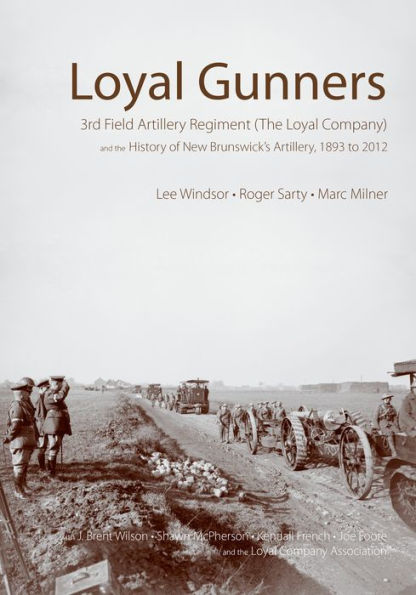5
1

Loyal Gunners: 3rd Field Artillery Regiment (The Loyal Company) and the History of New Brunswick's Artillery, 1893-2012
420
Loyal Gunners: 3rd Field Artillery Regiment (The Loyal Company) and the History of New Brunswick's Artillery, 1893-2012
420
59.99
In Stock

Product Details
| ISBN-13: | 9781771122375 |
|---|---|
| Publisher: | Wilfrid Laurier University Press |
| Publication date: | 09/07/2016 |
| Series: | Canadian Unit, Formation, and Command Histories , #1 |
| Pages: | 420 |
| Product dimensions: | 6.90(w) x 10.10(h) x 1.20(d) |
About the Author
From the B&N Reads Blog
